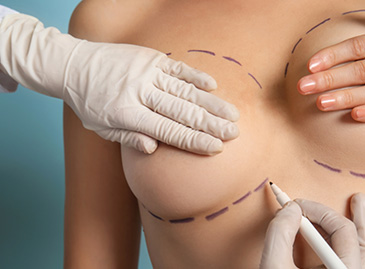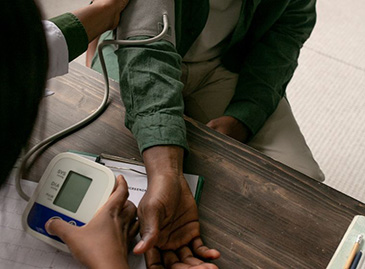
Brazilian Butt Lift (BBL) Surgery: Everything You Need
A Brazilian buttock is a fuller and plump backside. Brazilian butt lift is a popular cosmetic procedure that involves the transfer of fat to help create more fullness in your backside. Exercise and diet cannot alone help achieve a tight bum. However, a Brazilian Buttock lift enables you to get an hourglass-shaped figure with more prominent buttocks.
Brazilian Buttock Lift (BBL)
A Brazilian buttock lift, now more recently referred to as SSBA (Safe Subcutaneous Butt Augmentation), involves two procedures: liposuction and augmentation.
First, excess fat is removed via liposuction from the abdomen, hips, lower back, or thighs. A surgeon inserts a thin tube called a cannula, connected to a vacuum, for the extrication.
Next, the extracted fat is prepared for transfer and injected into areas of the buttocks to enhance its shape and size. Sometimes, a portion of the transferred fat may not take to the relocation, so surgeons may inject more than necessary to ensure results meet your expectations and goals. If most cells do not endure, regrafting may be needed in the future.
Although described as a "lift," the procedure doesn't involve a technique like those utilized in arm or thigh lifts. The surgery doesn't address excess sagging or loose skin around the area.
Step by Step – Brazilian Buttock Lift
- The procedure is usually performed under anaesthesia, but it may be done with only local anaesthesia (numbing medication) in procedures where a smaller volume of fat is transferred. You may ask for an anti-nausea medication beforehand, especially if anaesthesia makes you sick.
- Your surgeon then uses liposuction to remove fat from other areas of your body, such as your hips, stomach, and thighs. Liposuction involves making incisions in the skin and then using a tube to remove fat from the body.
- The fat stores that have just been removed from your body are purified and readied for injection into your buttocks.
- Your surgeon finishes by injecting the processed fat into specific areas of the buttocks to create a more rounded, complete look. They make three to five incisions around the buttocks for fat transfers.
- Both liposuction and fat transfer incisions are closed up with stitches. Your surgeon then applies a compression garment against the affected areas of your skin to minimize your risk of bleeding.
Who can get a Brazilian Buttock?
You may be a good candidate for a Brazilian butt lift if you:
- Are in generally good health.
- Have extra fat that can be transferred to the buttocks.
- Want more prominent or more round-looking buttocks?
- You can avoid sitting on your butt for eight weeks after surgery.
- You can avoid sleeping on your back for eight weeks after surgery.
Along with diet and exercise, genetics play a role in the size and shape of your body. Some people are genetically predisposed to a flat backside, and surgery is the only option to create larger and rounder buttocks. Unlike butt implants, which are filled with silicone and implanted in the buttocks, a Brazilian butt lift uses your fat to reshape your buttocks for a more natural look and feel.
After a Brazillian Buttock Lift – Recovery
- Your compression garment. For eight weeks after the surgery, you will likely need to wear a compression garment over the areas you had liposuction. This helps with the healing process. Any garment your surgeon gives you will typically have a cut-out for the buttocks. This prevents pressure on the newly inserted fat cells.
- No sitting. After getting a BBL, it's essential to avoid sitting on your butt for at least eight weeks. Sitting on your butt can kill the fat cells or leave indentations, leading to a less-than-desirable outcome.
- If you have to sit down, you must use a unique pillow. Your doctor may provide one or recommend one to get. After the first eight weeks, you should only sit on the pillow. You'll want to avoid sitting in the same position for long periods.
- Sleep on your side or stomach. You should also sleep on your stomach or side for the first eight weeks after surgery to avoid killing fat cells.
- Your activity levels. For the first month after surgery, you shouldn't do much. You should particularly avoid any activity that involves bouncing. After a month, you can then begin lower-impact activities like walking.
- After two months, you can usually resume any activities you enjoy, including high-impact ones. Always check in with your doctor before starting to add inactivity.







